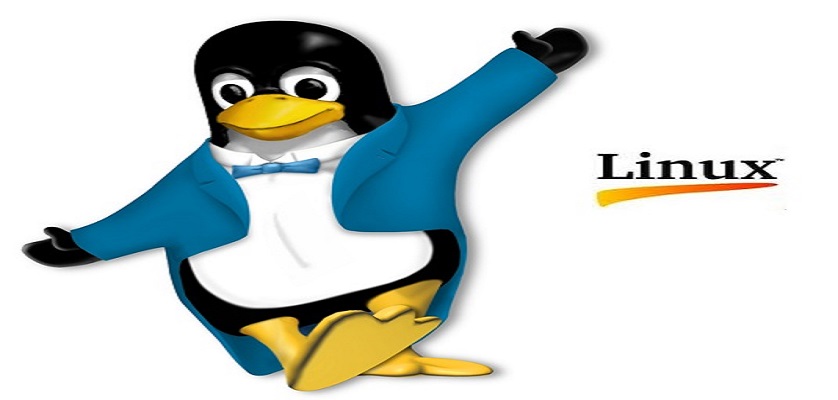The Linux operating system, often referred to as Linux OS, is a powerful and versatile platform that underpins a significant portion of the digital world. It has gained popularity for its robustness, security, and open-source nature. However, for many users, the inner workings of Linux remain shrouded in mystery. In this article, we will demystify the Linux operating system and shed light on its essential functions and components.
The Kernel: The Heart of the Linux Operating System
At the core of the Linux operating system lies the kernel. The kernel serves as the bridge between hardware and software, managing system resources, providing access to hardware devices, and enforcing security policies. It acts as the foundation upon which all other components of the OS are built.
Linux kernel is open source in nature and this is its most special and important feature. This means that its source code is freely available for anyone to inspect, modify, and distribute. This open-source model has led to a vibrant community of developers, resulting in continuous improvements and innovations.
Process Management
One of the primary responsibilities of the Linux kernel is process management. A process is an independent program or task that runs on the system. The kernel is responsible for creating, scheduling, and terminating processes, ensuring that each gets its fair share of CPU time. This is essential for multitasking and allows the operating system to run multiple programs simultaneously.
Memory Management
Linux excels in efficient memory management. It ensures that each process has access to the necessary memory resources without interfering with other procedures. This includes managing physical and virtual memory, allowing Linux to handle applications with large memory requirements seamlessly.
File System Management
Linux employs a hierarchical file system structure, similar to other Unix-based operating systems. Everything in Linux is treated as a file, including hardware devices and directories. The kernel manages file access, permissions, and storage, ensuring data integrity and security.
Device Management
Device management is another critical function of the Linux kernel. It provides drivers that enable communication between hardware devices and software applications. Linux supports a wide range of hardware, making it compatible with various computer architectures and devices.
Networking
Linux is renowned for its networking capabilities. The kernel includes a robust networking stack that allows the OS to connect to networks, both locally and over the internet. This is essential for server applications, web hosting, and networked services.
Security
Security is a top priority in Linux development. The kernel enforces access control through file permissions and user authentication. Additionally, Linux benefits from a robust community of security experts who actively identify and patch vulnerabilities.
User Interface
While the Linux kernel is the heart of the operating system, it does not directly provide a graphical user interface (GUI). Instead, Linux distributions (commonly referred to as distros) often include a desktop environment, such as GNOME, KDE, or XFCE, which provides the GUI. The desktop environment interacts with the kernel and other system components to create the user interface that Linux users interact with.
Package Management
Linux distributions employ package management systems to simplify the installation, update, and removal of software packages. These systems ensure that software dependencies are met and help maintain a consistent and stable system. Popular package managers include APT (used in Debian-based distros), YUM (used in Red Hat-based distros), and Pacman (used in Arch Linux).
Command-Line Interface (CLI)
Linux is a special operating software that has a powerful command line interface and it is a special thing to have it. CLI is software that directly allows the user to interact with the system through text-based commands. This provides granular control over the system and is favored by many advanced users and system administrators.
Community and Collaboration
The Linux operating system is a testament to the power of open-source collaboration. Thousands of developers worldwide contribute to its development, improving its functionality, security, and performance. The Linux community plays a vital role in supporting newcomers, sharing knowledge, and troubleshooting issues.
Conclusion
In summary, the Linux operating system is a powerful and versatile platform with a robust kernel at its core. It excels in process management, memory management, file system management, device management, networking, security, and more. While it offers a diverse range of desktop environments and graphical interfaces, it is also renowned for its powerful command-line interface, making it a favorite among developers and system administrators.
Linux’s open-source nature fosters a collaborative and innovative community of developers who continuously enhance the operating system. This spirit of cooperation, along with its unmatched flexibility and security, has made Linux a popular choice for servers, embedded systems, and personal computers. As we delve deeper into the digital age, the Linux operating system continues to be a beacon of open-source excellence, powering much of the digital infrastructure we rely on today

